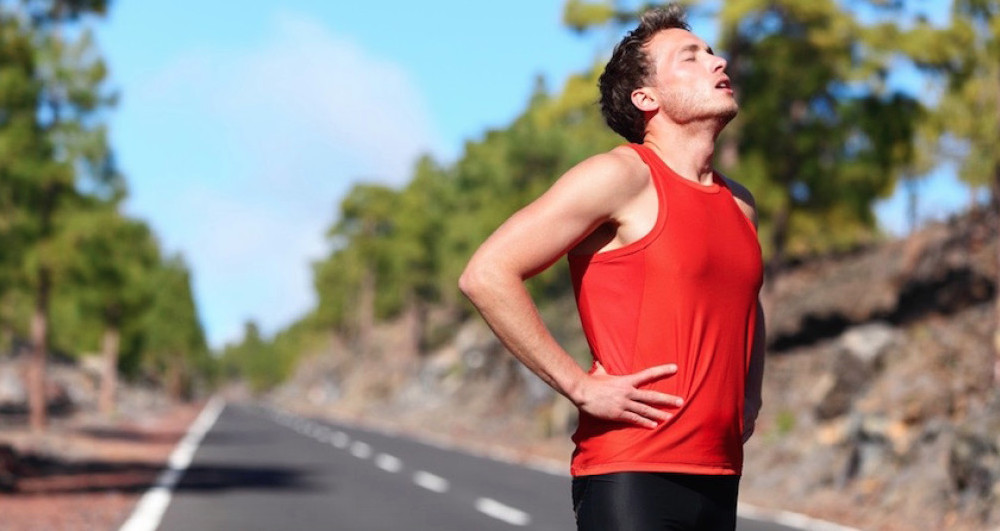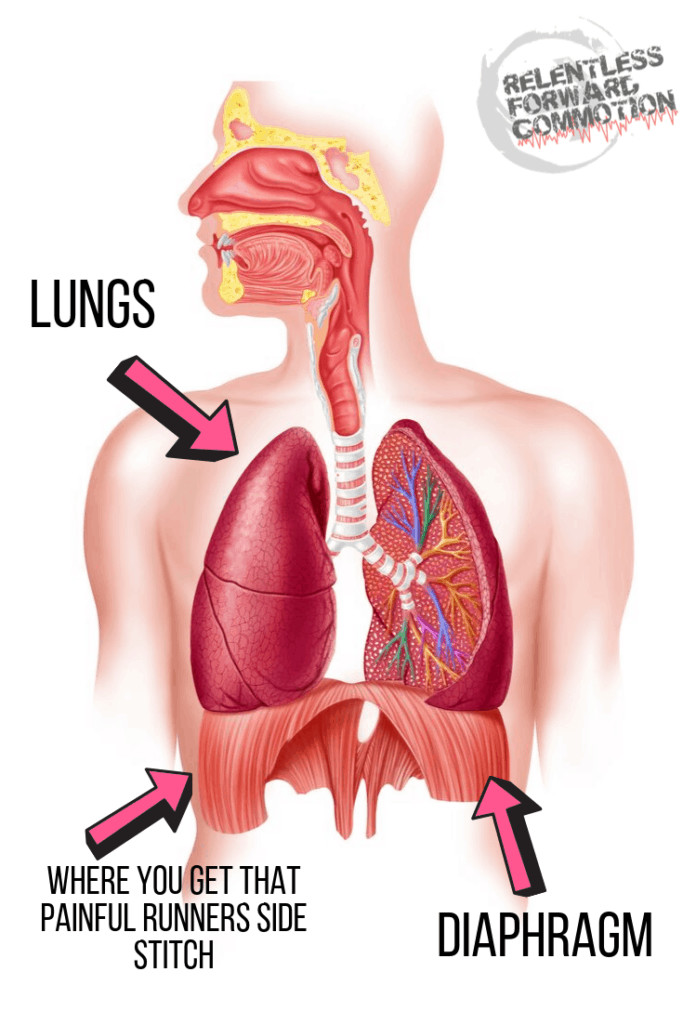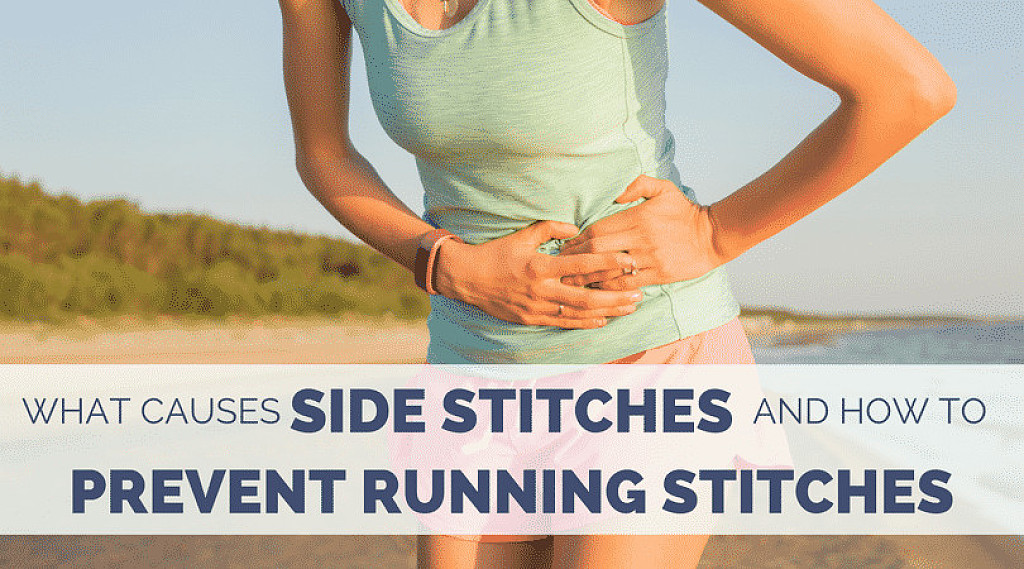Running News Daily
Running News Daily is edited by Bob Anderson. Send your news items to bob@mybestruns.com Advertising opportunities available. Train the Kenyan Way at KATA Kenya and Portugal owned and operated by Bob Anderson. Be sure to catch our movie A Long Run the movie KATA Running Camps and KATA Potato Farms - 31 now open in Kenya! https://kata.ke/
Index to Daily Posts · Sign Up For Updates · Run The World Feed
Side stitches are hard to diagnose and study, but runners have found ways to relieve and prevent them.
Side stitches have also been hard to study because of their transient nature and lack of definition. What exactly constitutes ETAP? Some people get the pain in their side. Some get it more toward the middle of the abdomen. Some are high in the abs; some are low. Many people also confuse side stitches and cramps, though those two things are very different.
The lack of research has led to wild speculation. But many of those theories, largely based on anecdotal evidence, are now being disproven.


For years, it was theorized that side-stitch pain was related to stress of the diaphragm muscles. But studies have found that ETAP occurs even in activities with low respiratory demands on the diaphragm and having a side stitch doesn’t result in limited lung capacity. Other theories suggested that side stitches were connected to gastrointestinal distress or to stress on the ligaments around the stomach and liver. The current operating theory, though, is that these stitches are caused by irritation of the parietal peritoneum.
“We have not proved what causes stitches but I am 99 percent confident that it is the parietal peritoneum,” Morton contends.
Think of the parietal peritoneum as a membrane corset that wraps around the center of your body and abdomen, says Gregg. As you fatigue and your body breaks down, your core muscles fatigue and your back muscles over-engage. The muscles in the back directly press on nerves that are felt in your abdomen and side (and sometimes even in your shoulder tip). The result is that irritating pain in your side.
What is also becoming more clear is that the side stitch does not necessarily discriminate based on ability—elite runners just might be more equipped at dealing with the pain and be more thorough about eliminating potential risk factors. Olympic bronze medalist Deena Kastor even reported struggling with a side stitch during the 2104 Rock n’ Roll Philadelphia Half Marathon— a race in which she shattered the Masters half-marathon world record. About 2–5 percent of the athletes who come into Gregg’s office are there because of side-stitch pain, and most of those seeking help are elite runners.
But the fact that Deena Kastor might be getting the same pain you get doesn’t do much good when you’re crippled in the middle of a race, especially since there’s no known immediate solution.
“There does not seem to be any consistent method for relieving them other than to stop exercise,” says Morton.
Trial and Error Treatments
Gregg works on trouble-shooting with athletes to figure out what helps them with the pain or why they might be predisposed to it. “It can take a little trial and error,” he says.
Eating and drinking large amounts within the two hours before running has been correlated with some side-stitch pain, so Gregg always starts by advising athletes to eat a little further out from their workout. And, if athletes have reactions to specific foods, then that’s also something to rule out.
Practicing deep breathing exercises, slowing down your breathing or adopting a deep and rhythmic breathing pattern has been found to sometimes help relieve side stitches. Some find relief by switching which foot they land on when they exhale, or alternating sides with an asymmetrical breathing pattern—e.g. 3 steps in/2 steps out. While side stitches are no longer believed to be originating in the diaphragm, these things can still help relieve the stress on the muscles across your back and abs.
Once a side stitch strikes, many runners also subscribe to the method of grabbing their side where it hurts. This has shown some success, partially because it works in a similar way to a core stabilizer or belt, and holds the muscles in place. Stretching the affected side or bending forward can also help relieve the muscles in the back that are pushing on the nerve that’s causing the pain.
These are all classic treatments that Gregg often recommends an athlete try, but when it comes to proof in the form of quantifiable results from research, he admits, “I have no idea if it actually helps.”
If the theory of parietal peritoneum irritation is accurate, then the best thing to prevent side stitches is to strengthen your core muscles so they don’t break down as you fatigue, or to focus on activating and engaging those core muscles when running. Gregg will sometimes suggests an athlete take an anti-inflammatory in advance to help relieve potential nerve irritation.
As a last resort, you could just wait a few years. Side stitches have been found to be very common among teens, but far less common as you age—theoretically because the surface area of the peritoneum is proportionally larger in teenagers. See, getting older does have its perks.
by Podium Runner
Login to leave a comment




